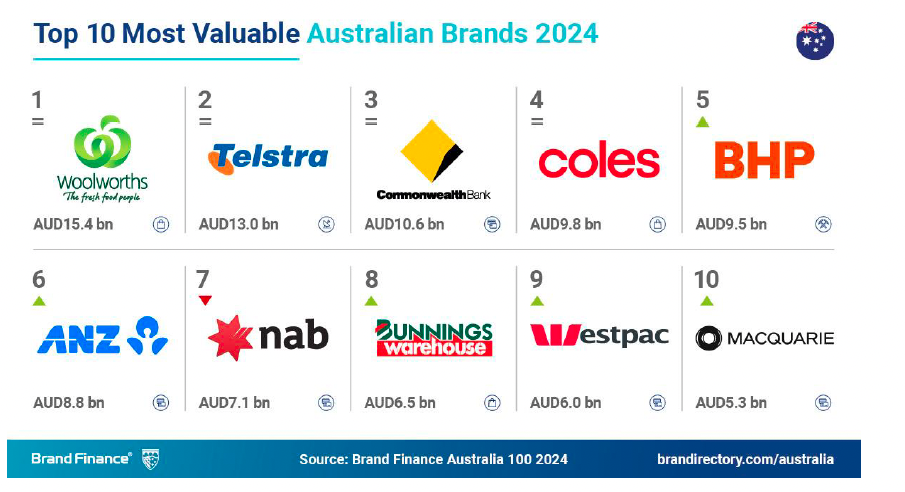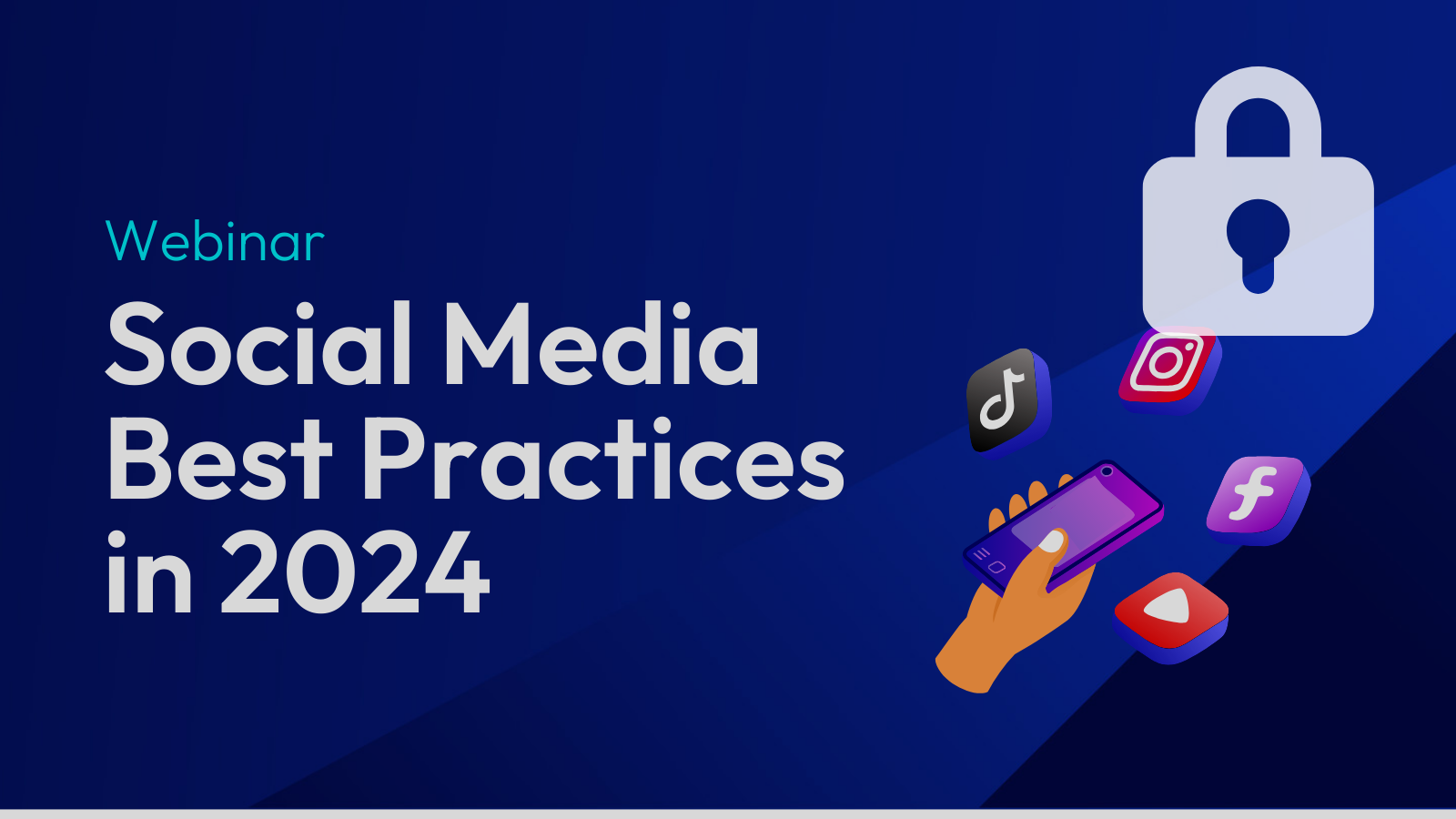Can you spot a fake product review?

By Jana Bowden, Professor of Marketing, Macquarie Business School.

At present 31 per cent of Australians are shopping online weekly or more, with 28 per cent shopping online every two to three weeks. With this growth, falling for fake reviews is also becoming increasingly common. Even when shopping in-store, 64 per cent of consumers say they read online product reviews on their smartphone before they buy.
Reviews are a powerful source of so-called ‘truth’ when it comes to consumers knowing whether or not they are getting a good deal. Positive reviews are big business. The World Economic Forum puts the cost of fake reviews at $152 billion.
User-generated content, which includes product reviews, ratings and Q&A forums are some of the most relied-upon sources of information in the consumer shopping playbook. Consumers rely on both positive and negative reviews to make their purchasing decisions.
With the proliferation of both human-generated and AI-generated fake reviews, it’s becoming increasingly difficult for consumers to distinguish which ones are legitimate and which ones are not.
Research by Harvard University found in 2020 alone 4.5 million sellers procured fake reviews by recruiting others to write them. Fake review factories are thriving. Deception is rife in the world of online reviews, and unfortunately customers are often the innocent victims of this deceit.
“Negative reviews are also often contagious and like a virus, negative information can spread between consumers quickly and ‘infect’ perceptions.”
We know from research that 55 per cent of Australians say they won’t buy a product if they become suspicious that the reviews are fake. Additionally 86% of consumers will stop buying the product if they have lost trust in it. Many consumers want brands held to account and fined if they post fake reviews and breach their trust. As the saying goes, trust is hard-earned and easily lost, as our national airline has discovered. When Qantas received the Shonky Award from Choice last year for being the ‘Spirit of Disappointment’, it should have been a clarion call to fix it. After being the target of continued and loud consumer criticism for its track record in delayed flight credits, lost baggage, cancelled flights and poor customer service, the airline’s attempts to repair it’s image seem to have fallen on deaf ears as consumer sentiment remains negative.
Mind games: how we read reviews
Consumers have a bias towards information that suits our purpose. If we love a brand, we will pay more attention to positive reviews about that brand. If we hate a brand, we will give more weight to negative reviews about the brand. This is called the confirmatory bias in consumer psychology, or to put it simply, I call it the ‘told you so’ bias. We don’t search for information in a neutral way, we are hardwired to seek out information that fits with our pre-existing attitudes and beliefs.

Suspicious: Deception is rife in online product reviews which are both human and AI-generated, says Professor Jana Bowden, pictured, a Professor of Marketing at the Macquarie Business School.
Then there is also the ‘just-like-me’ bias. This effect explains our tendency to have an affinity towards others who we think are like us because we assume they have similar attitudes and values. In the case of brand information, consumers place greater emphasis on information from other consumers as opposed to information from the brand itself.
This is because we assume information from others ‘like us’ to be legitimate, authentic, unbiased and without agenda. This leads us to take reviews from other consumers at face value and automatically assume them to be true. It also leads consumers to be somewhat cynical towards information from the brand itself because consumers assume that the information has an agenda.
No matter how hard we try, we will also weigh negative reviews more heavily in our minds than positive reviews. All emotions are not created equal and the negative emotion bias is a powerful one because consumers assess it as more diagnostic of the weaknesses of the product. Our research has found that negatively engaged customers are motivated to discuss their negative experiences to warn others, vent or gain revenge on a brand. This negative information is especially potent and spreads quickly. It impacts current buyers of a product who might be questioning their choices, but it also puts off those who have never bought that product, meaning the brand loses both current and future consumers.
· How COVID has changed the Australian job market
· Managers need menopause training to protect profits and keep women in senior jobs
Negative reinforcement leads to faster learning than positive reinforcement and it’s also more resistant to memory fade. Simply put, if we read a negative review, it lingers in our minds. Negative reviews are also often contagious and like a virus, negative information can spread between consumers quickly and ‘infect’ perceptions. Our recent research published in The Service Industries Journal examined sentiment in 12 000 consumer tweets. We found negative reviews had a powerful impact on consumers attitudes towards brands – including those consumers who were not current customers of the brand being discussed.
While many major e-commerce platforms are taking proactive steps to reduce the rate of fake reviews through constant monitoring and mitigation strategies, without tighter controls and regulation the problem is likely to escalate.
How to spot a fake review
1. Do not rush to buy. The tendency for consumers to place an almost automatic trust in online reviews, believing them to be written by people with similar values can result in poor decision making.
2. Do research online reviews thoroughly. Fake reviews often have tell-tale signs such as a lack of detail, shallow expression and limited contextual references.
3. Do spend time reading and comparing written reviews across different review platforms.
4. Do check to see if the reviewer has written other reviews and assess the integrity of those.
5. Don’t rely on aggregate ratings only. Fake reviews are often skewed to the top and bottom end of scores.
6. Do read product reviews from independent and trusted sources, rather than from brands themselves, which are more provide balanced warts-and-all reviews.
Be the first to know! Read more research news stories like this and subscribe to the Macquarie Lighthouse





